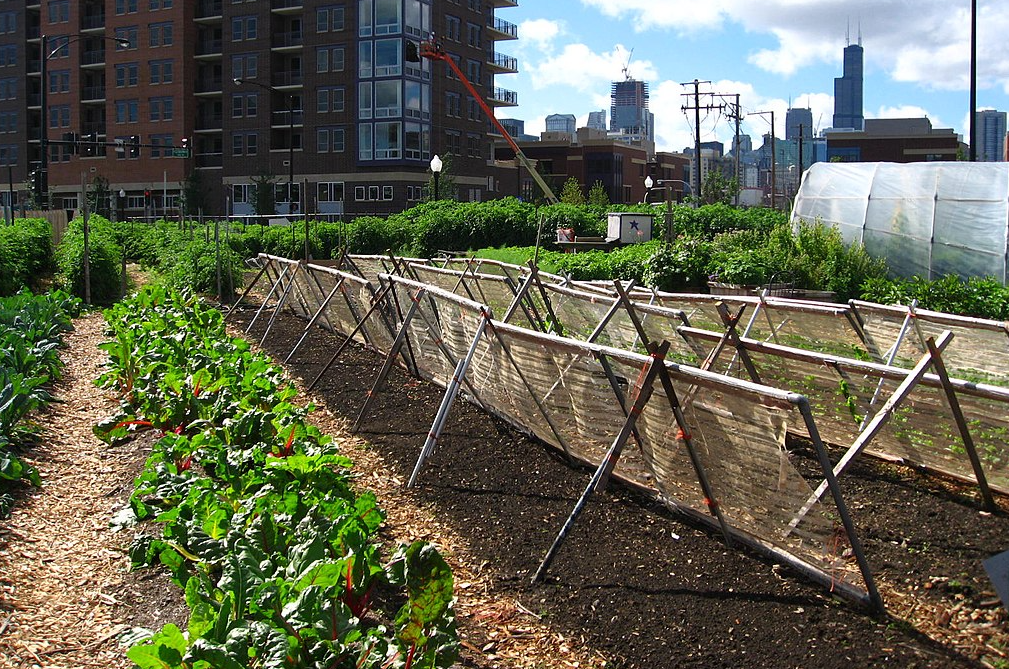In the heart of bustling metropolises, where concrete jungles overshadow the natural world, a quiet revolution is taking place. Urban farming, once a fringe concept, is now burgeoning into a significant movement that promises to redefine how cities interact with food production, sustainability, and community engagement. This article delves into the multifaceted world of urban farming, exploring its roots, its impact, and the future it envisions.
The Genesis of Urban Farming
Urban farming isn’t new; it has historical roots in various cultures, from the hanging gardens of Babylon to the Victory Gardens of World War II. However, its modern incarnation has been spurred by a combination of factors: the need for sustainable food sources, the push for local economies, and the desire for community resilience. Today, urban farms range from rooftop gardens, vertical farms, and hydroponic setups to community plots and even high-tech indoor farms that grow produce in controlled environments.
Technological Innovations
One of the most exciting aspects of urban farming is the integration of technology. Hydroponics and aeroponics, systems that grow plants without soil, are becoming staples in urban agriculture, allowing for year-round cultivation in spaces where traditional farming is impossible. LED lighting, automated climate control, and data analytics are optimizing plant growth, reducing waste, and increasing yield. These technologies not only make urban farming feasible but also efficient, potentially outstripping traditional farming in productivity per square foot.
Environmental and Social Benefits
Urban farming’s benefits extend beyond mere food production. It acts as a carbon sink, reducing urban heat islands, and improving air quality. By shortening the distance from farm to table, it significantly cuts down on transportation emissions, contributing to lower carbon footprints. Socially, it fosters community building, provides educational opportunities, and can serve as a tool for economic empowerment, particularly in underserved urban areas where access to fresh produce might be limited.
Challenges and Considerations
Despite its promise, urban farming faces hurdles. Land availability, soil contamination, water rights, and the high initial cost of technology are significant barriers. There’s also the issue of scale; while urban farms can be highly productive, meeting the food needs of an entire city requires a network of farms, not just individual efforts. Regulatory environments can also be restrictive, with zoning laws often not accommodating for agricultural activities within urban settings.
The Future Outlook
The future of urban farming looks promising with ongoing innovations. Policy changes are slowly catching up, with some cities offering incentives for urban agriculture. The integration of urban farming into city planning could lead to sustainable urban landscapes where food production is as much a part of the cityscape as buildings and roads. Moreover, as the global population continues to urbanize, the necessity for local food production becomes not just an environmental or health issue but an economic imperative.
Conclusion
Urban farming represents more than just a method of food production; it’s a paradigm shift towards sustainable living, community involvement, and technological integration in everyday life. As cities grow, the movement towards urban agriculture could very well be the green thread weaving through the urban fabric, offering a model for how humanity might live more harmoniously with nature, even in the densest of urban environments. This revolution, though quiet, might just be the loudest call for change in our approach to urban living and sustainability.






